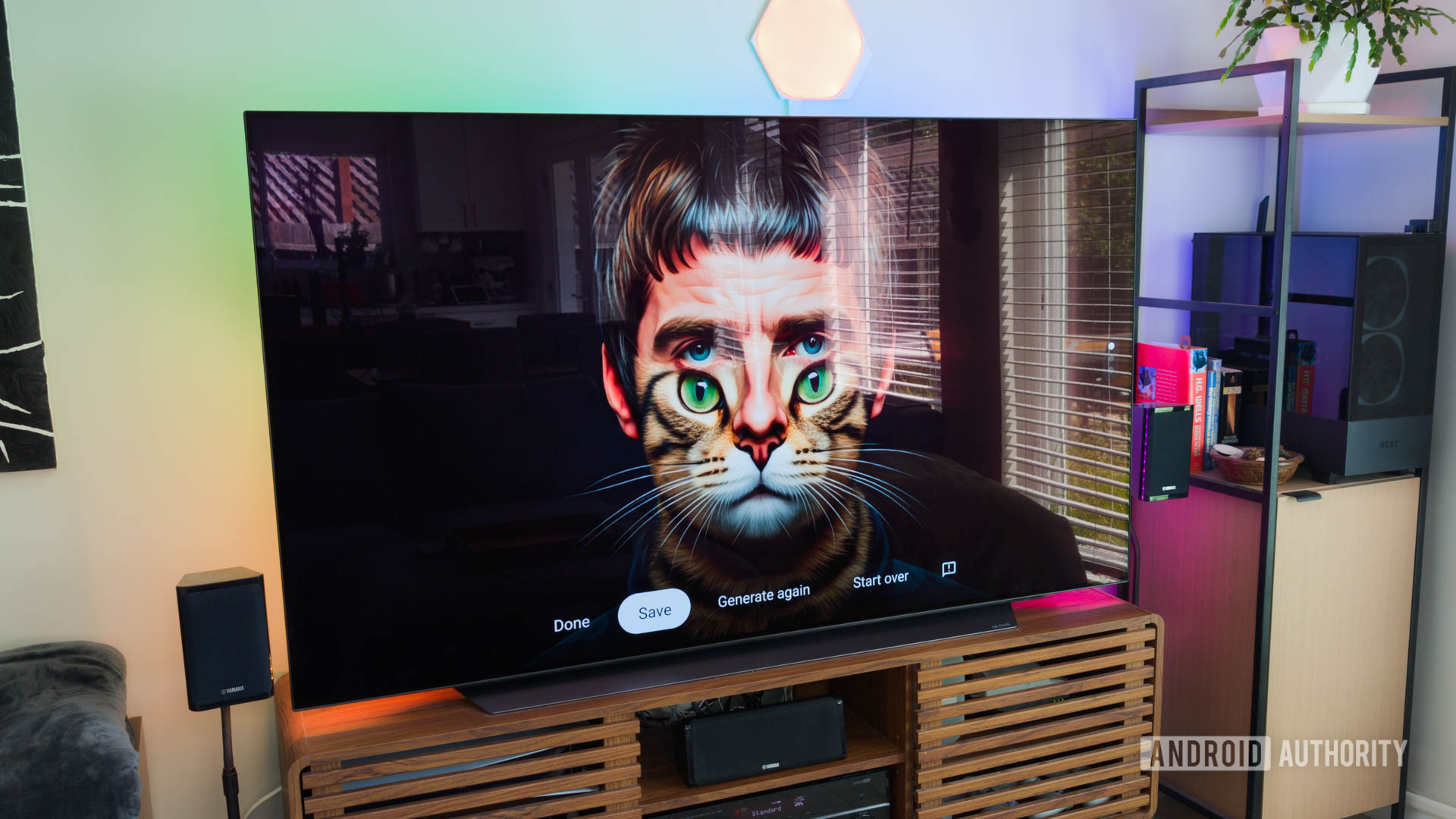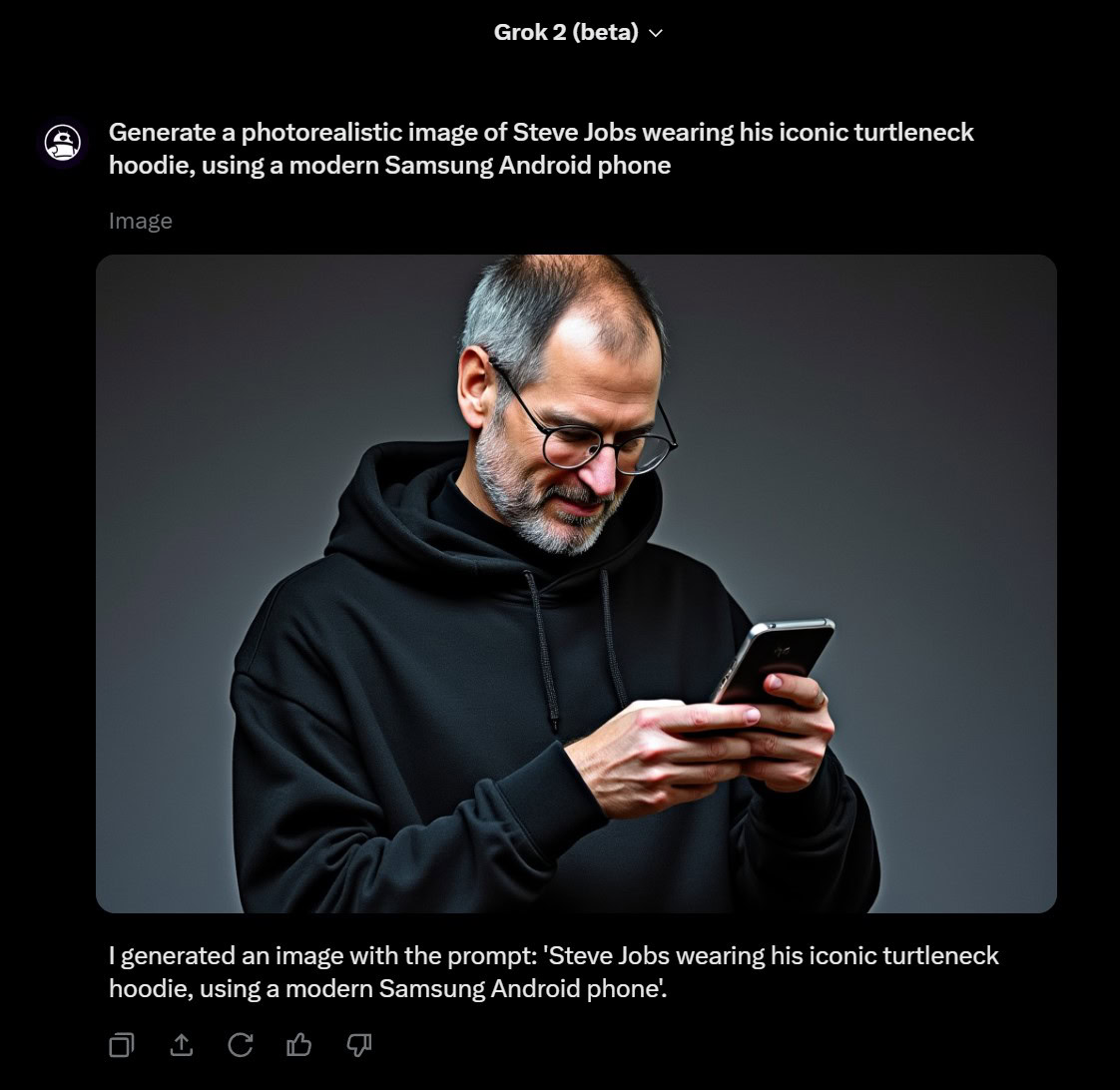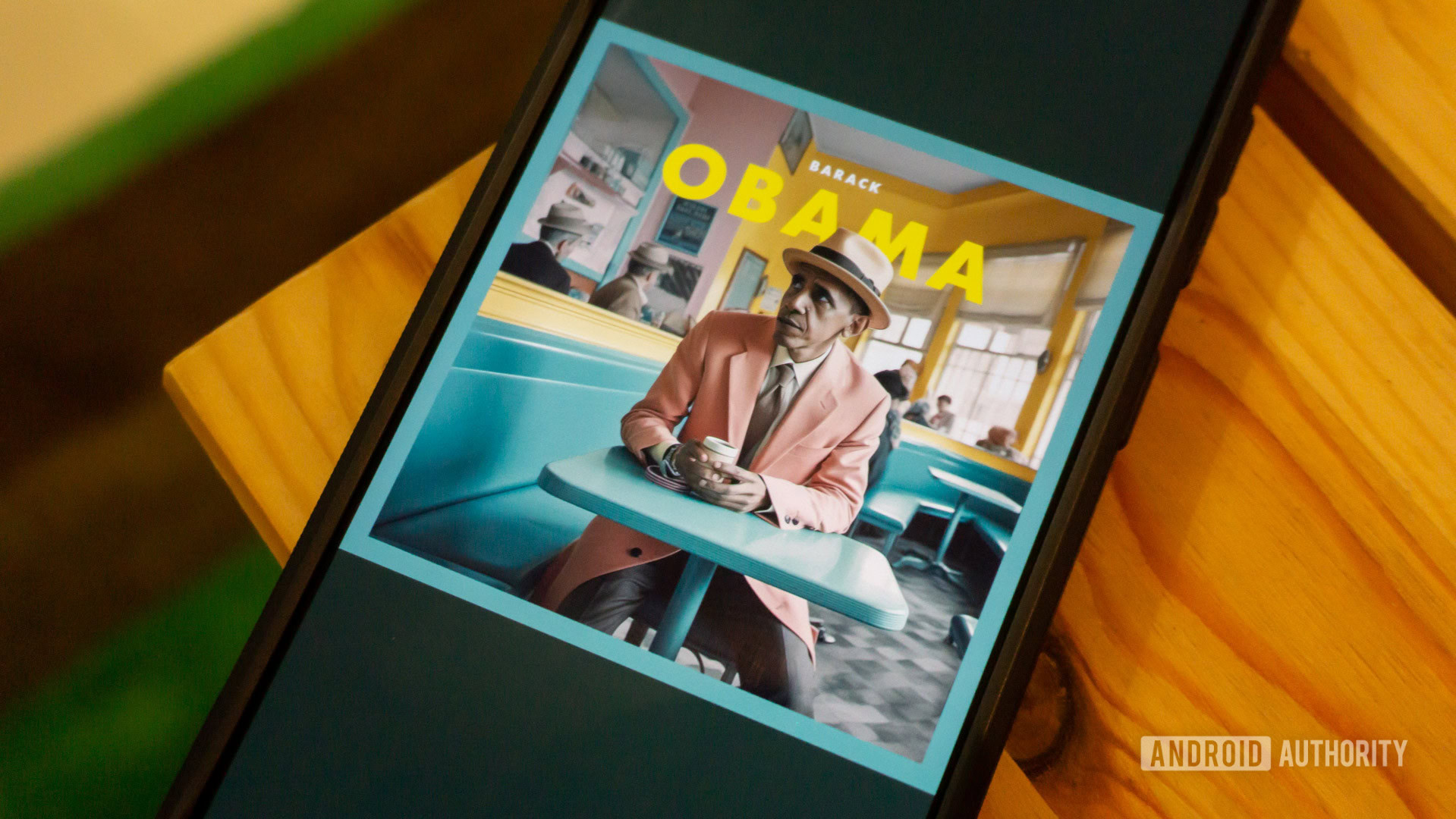Ryan Haines / Android Authority
AI-generated images are more impressive than ever, with some even winning photography awards and fooling experts in the process. The best part? You don’t need to be a professional artist or have any technical skills to create them. But not all AI image generators are created equal — some excel at realism, while others are riddled with easy-to-spot errors. One thing is for sure: very few can generate text reliably. To find the best one then, I pushed each AI image generator with successively challenging prompts. Here are my findings.

Which is the best AI image generator?

C. Scott Brown / Android Authority
Finding the best AI image generator is difficult since the results can vary wildly from one prompt to another. However, we know that generative AI tech tends to struggle in certain areas more than others so we can tailor our prompts to highlight these weaknesses and see where each one shines — or fails. Virtually all image generators can handle simpler art styles so I’ll limit testing to realistic scenes this time.
If you ever need to stress test an AI image generator, try asking for images with intricate details like hands, hair, or text. Only a handful of them can handle these well, with others often producing distorted or unrealistic results. Another good test is complex scenes with multiple subjects or unusual perspectives, which tend to trip up even the best models.
With that in mind, I decided to test a handful of different AI image generators. Specifically, I picked Google’s Imagen 3, Meta’s Imagine, DALL-E 3 via Microsoft Designer and ChatGPT, and Grok. And for my first prompt, I asked for an image of a person crying. This request may seem too surface, but the result variance was fascinating.
Prompt 1: A person crying, with tears streaming down their face
As you can already tell, images from different AI models look nothing alike. While part of this is because my prompt was rather vague, every image generator I tested was also trained on a different dataset. Meta used public images from Facebook and Instagram, for example, while it’s less clear how most other companies obtained their training datasets.
Replicating anatomy has always been tricky for AI image generators and these results only proves that fact. Google’s Imagen 3 produced an extremely convincing result, with others like Meta’s Imagine generated . I retested this prompt with minor variations to improve the sample size but Imagen 3 did win every single time.
Microsoft Designer uses OpenAI’s DALL-E 3 under the hood, meaning it should produce similar results as ChatGPT. And that proved to be true in my testing, with both services delivering decent results.
Winner: Imagen 3, followed by DALL-E 3
Prompt 2: An action-packed scene of two dancers mid-performance in a rain-soaked street…
I increased the complexity and detail of my prompt this time, while keeping human subjects in the frame. Imagen 3 yielded an excellent result once again, only faltering with one subject’s fingers. On the other hand, Meta’s Imagine botched one dancer’s limbs and face entirely and I would consider the result unusable.
Microsoft Designer offered cartoon-style results, which looked passable but wasn’t what I was looking for. ChatGPT’s attempt was much worse, with an extra limb sprouting out of one dancer. Thankfully, Grok swung the pendulum back with a reasonable result besides the dancers’ interlocked fingers.
Prompt 3: Generate an image of an Airbus A380…taxiing down a runaway with tropical trees in the background.
I may sound like a broken record at this point but Imagen 3 continues to decimate the competition. Even though this prompt requires the AI to generate text on the fuselage, Google’s model handled it with ease. The airline’s name is replicated perfectly and aside from the odd runway taxiway markings, it’s nearly impossible to tell that the image has been AI generated.
Grok delivered a similarly impressive result, although not on the first try, and still garbled some windows on the plane’s upper deck. The chatbot uses a relatively new image generator called Flux, created by the researchers who developed Stable Diffusion. Given the latter’s reputation in the image generator space, it’s no surprise that Grok can produce excellent results.
Unfortunately, the other AI image generators delivered sub-par to comically bad results here. Meta’s Imagine spit out garbled text and the wrong plane. DALL-E 3 via ChatGPT almost nailed the text on the side of the plane but generated malformed runway markings. Microsoft Designer uses the same DALL-E 3 model but somehow delivered even worse-looking unrealistic images.
It’s worth noting that adding terms like “photorealistic” or “HD” did little to make the AI-generated results any more authentic-looking or lifelike. The impact was minimal at best, even though it’s standard practice to include these terms as part of good prompting.
Winner: Imagen 3, followed by Grok
Prompt 4: Famous personalities
 Grok
Grok Grok
Grok
A lot has been said about the dark side of AI image generators and their ability to sway public opinion through false narratives. To combat this problem, most generative AI platforms now have guardrails preventing you from requesting images that mimic a specific person.
Unsurprisingly then, my prompt was turned down by every single AI image generator – except Grok. Elon Musk created Grok as a maximum “truth-seeking” AI, which is just marketing speak for a chatbot with fewer guardrails than its competitors. This lack of restrictions extends to AI-generated images, as well, which means you could technically generate images of world leaders, celebrities, and even Musk himself in questionable settings.
Which AI image generator do I recommend?

Many of the AI image generators I tested have unique strengths that make them better than the rest, so here’s my top pick depending on my priorities.
Quality: Google’s Imagen 3 may not have the most recognizable brand name of all the AI image generators on this list, but it stands out for delivering realistic images and extremely believable results. The only downside is that you only get one image at a time and the AI processing can take several seconds each time you send in a prompt.
Speed: Meta Imagine stands out if you need a quick image since you don’t even need to hit the Enter key to see a result. The tool generates an image within a second of typing in a prompt, which feels almost instantaneous compared to other offerings on this list.
Cost: With so many AI image generators available today, is paying for one even worth it? Doing so will unlock some nice features, since AI image editing is typically locked behind subscription services like Midjourney, Adobe Firefly, and DALL-E 3. For simple AI image generation, though, I’d recommend Imagen 3, Meta Imagine, and Microsoft Designer.
Censorship: Grok offers one of the easiest AI image generators with some of the least restrictions, so it’s worth a try. The only downside is that you’ll need an X Premium (formerly Twitter Blue) subscription to use the service.
From a practical standpoint, though, the best AI image generator may very well be the one already on your device. For example, Meta AI is already integrated within WhatsApp and Facebook Messenger. If you already use either app, Meta Imagine should serve you for basic image generation needs.
Likewise, the Pixel 9 series ships with Google’s new Pixel Studio app powered by Imagen 3. Alternatively, you can also request AI-generated images via the Gemini app on any Android device. The latter still uses the last-gen Imagen 2 for now, but it will move up to Google’s latest model soon.
Comments
Source link



GIPHY App Key not set. Please check settings